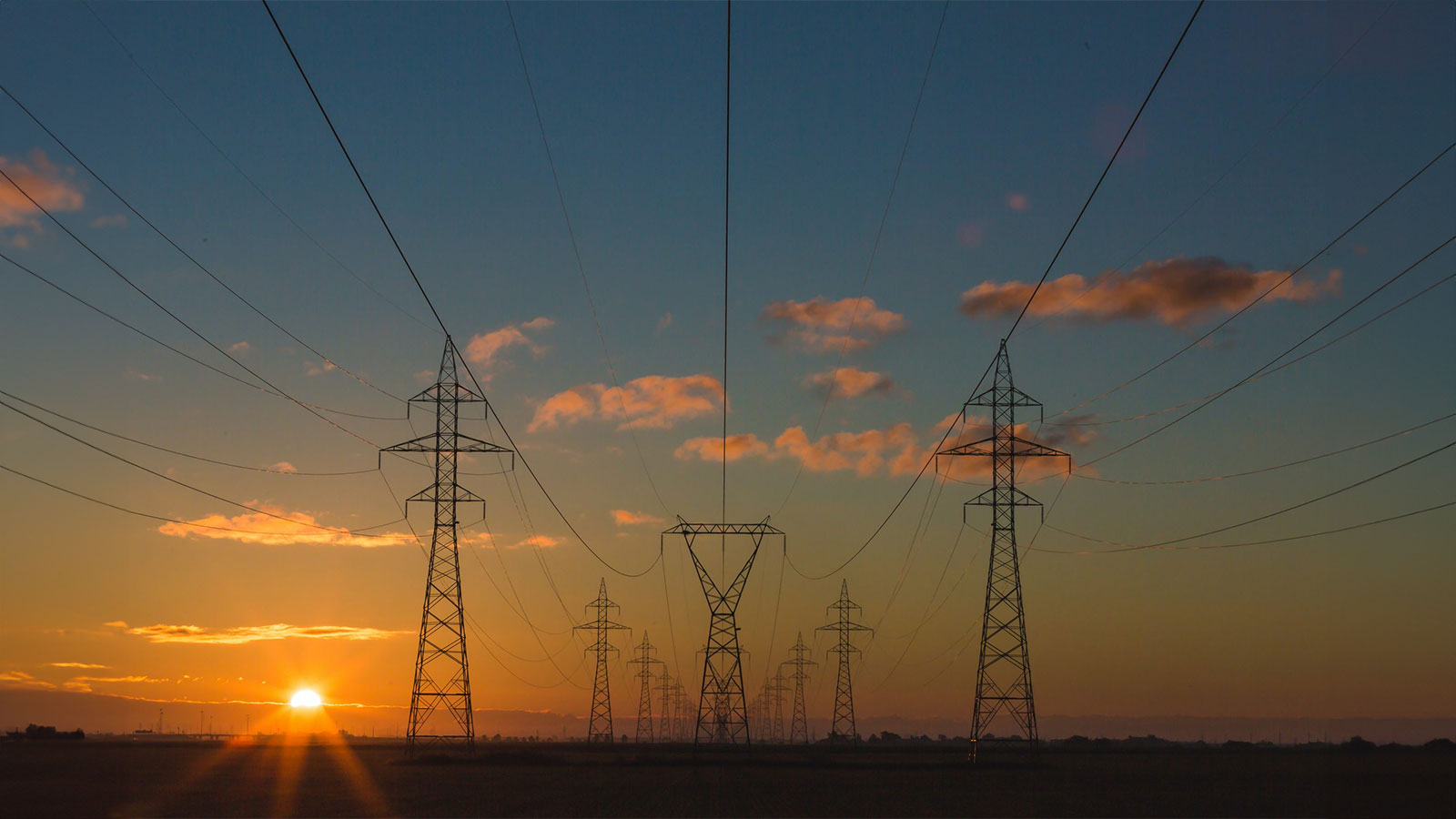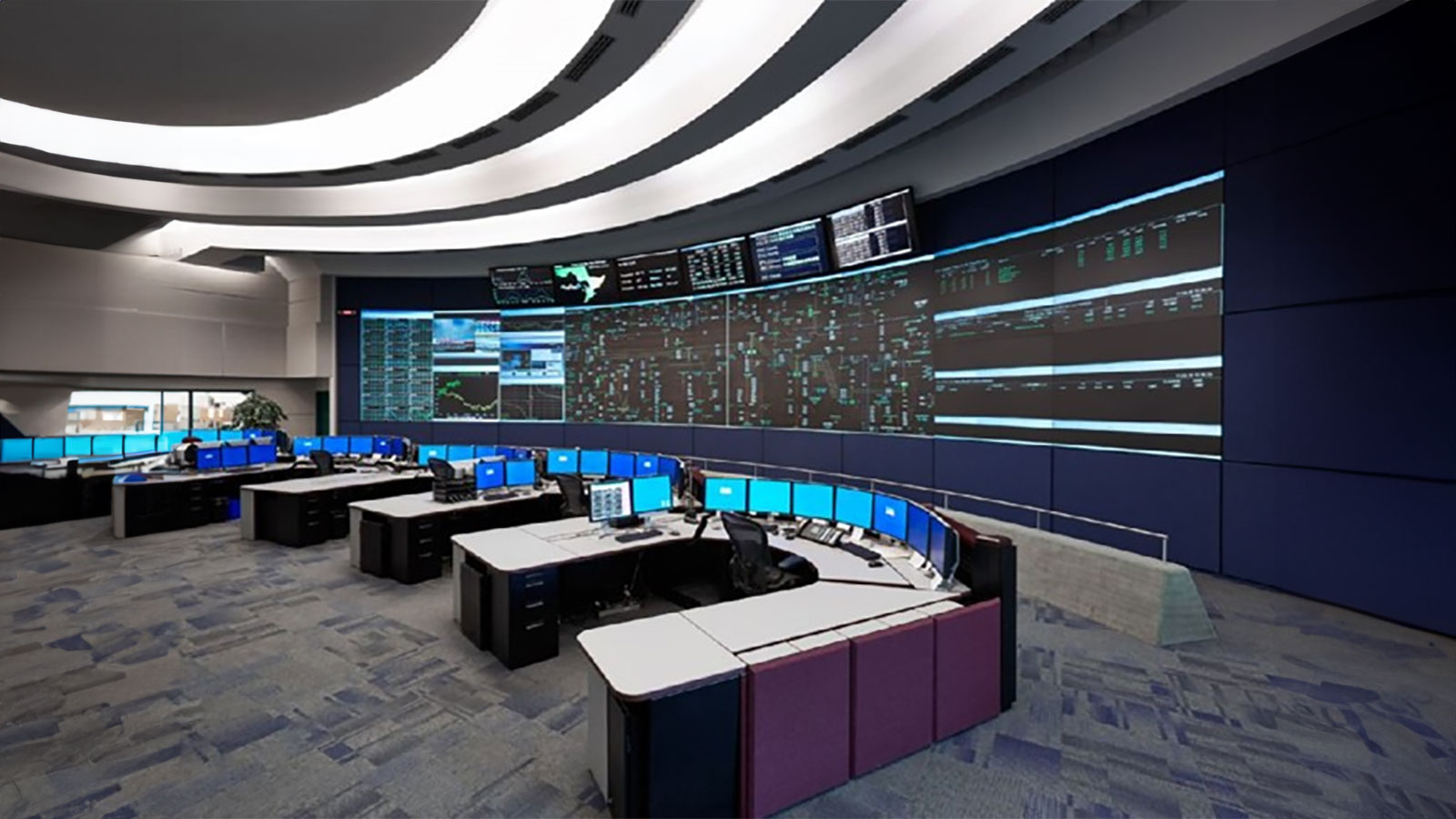2017-2019, Sakarya EDCo
Although preventive maintenance, new investments, and retrofitting activities on power system equipment reduce the number of faults, these faults could not be fully eliminated due to the nature of the system.
Conventional fault location and service restoration processes rely on field crew patrols on power lines, hit and miss methods, and manual switching activities for the restoration which can be defined as “quietly inefficient” operations.
The penetration of the smart grid components and communication technologies into the conventional power system networks makes it possible for autonomous reconfiguration actions in case of disturbances.
The autonomous capability of the system that is called “Self-Healing” reduces both the fault isolation and service restoration durations with the help of measurement devices, logical operations, and switching equipment.
There are several different philosophies and architectures to perform self-healing maneuvers such as i-) centralized approach using SCADA/DMS ii-) semi-centralized technique with substation controller and iii-) peer-peer scheme utilizing intelligent electronic devices.
To implement various aforementioned architectures and observe the improvement in continuity of supply indices, Sakarya Electricity Distribution Company (SEDAS) initiated the “Self-Healing Distribution Networks” R&D project with the consultancy of MRC Türkiye.
Four different kinds of self-healing distribution automation architectures will be commissioned in an urban network region consisting of three HV/MV substations and 67 MV/LV secondary substations. A huge amount of experience is expected to be gained during the application phase. Also, SAIDI and SAIFI reliability indices will be monitored to evaluate and compare the benefits of various implementations within the SEDAS trial area.






